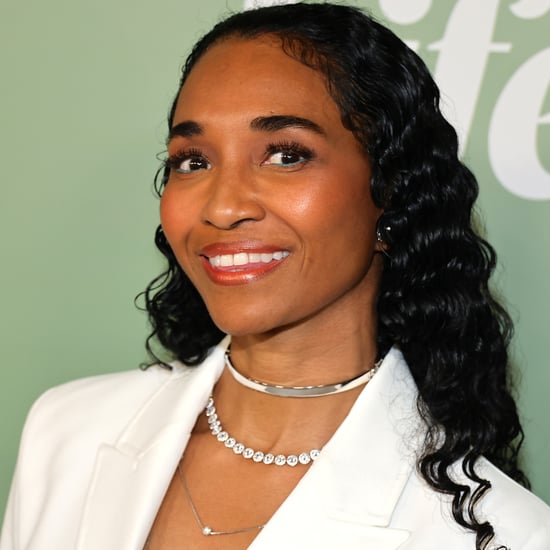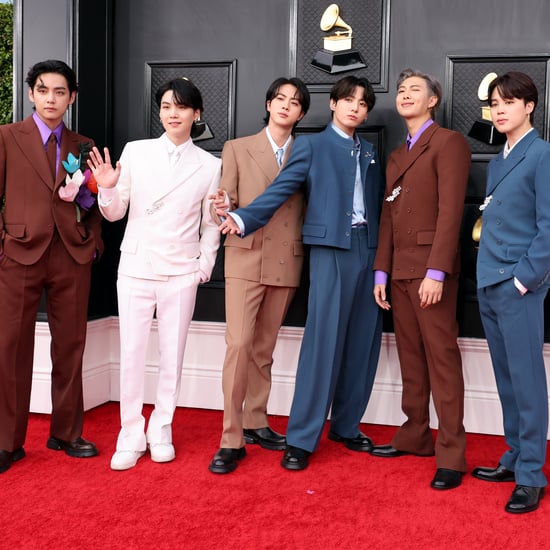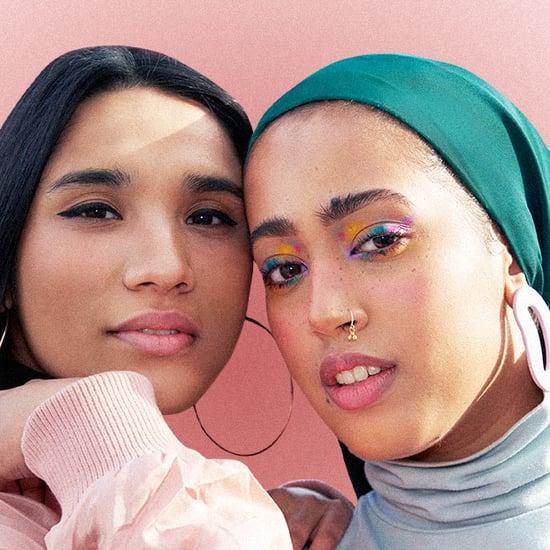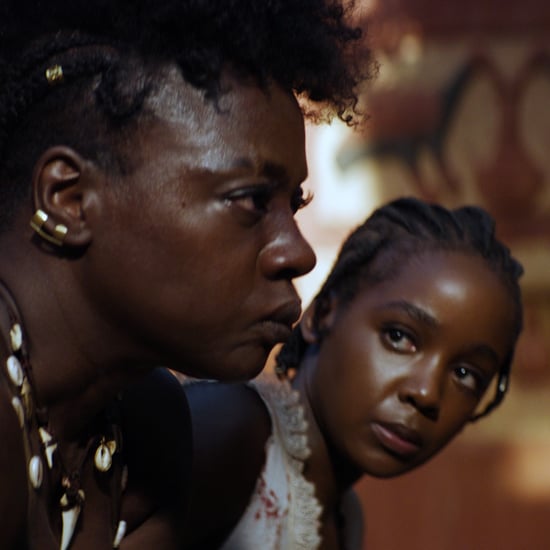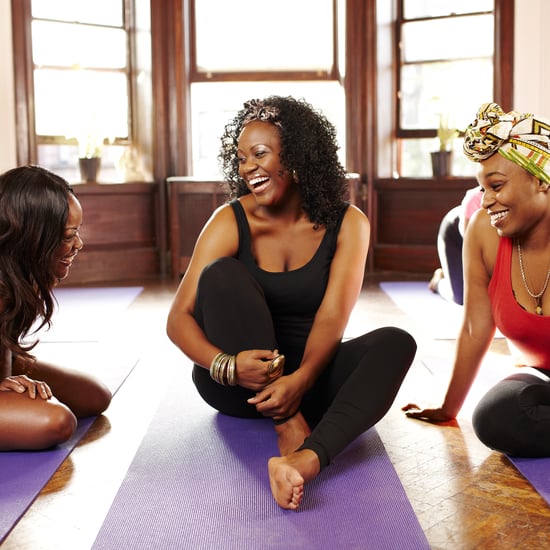How Babies and Kids Learn About Race at All Ages
If You Think Your Kids (or Babies!) Are Too Young to Understand Race, Here's Proof They Already Do
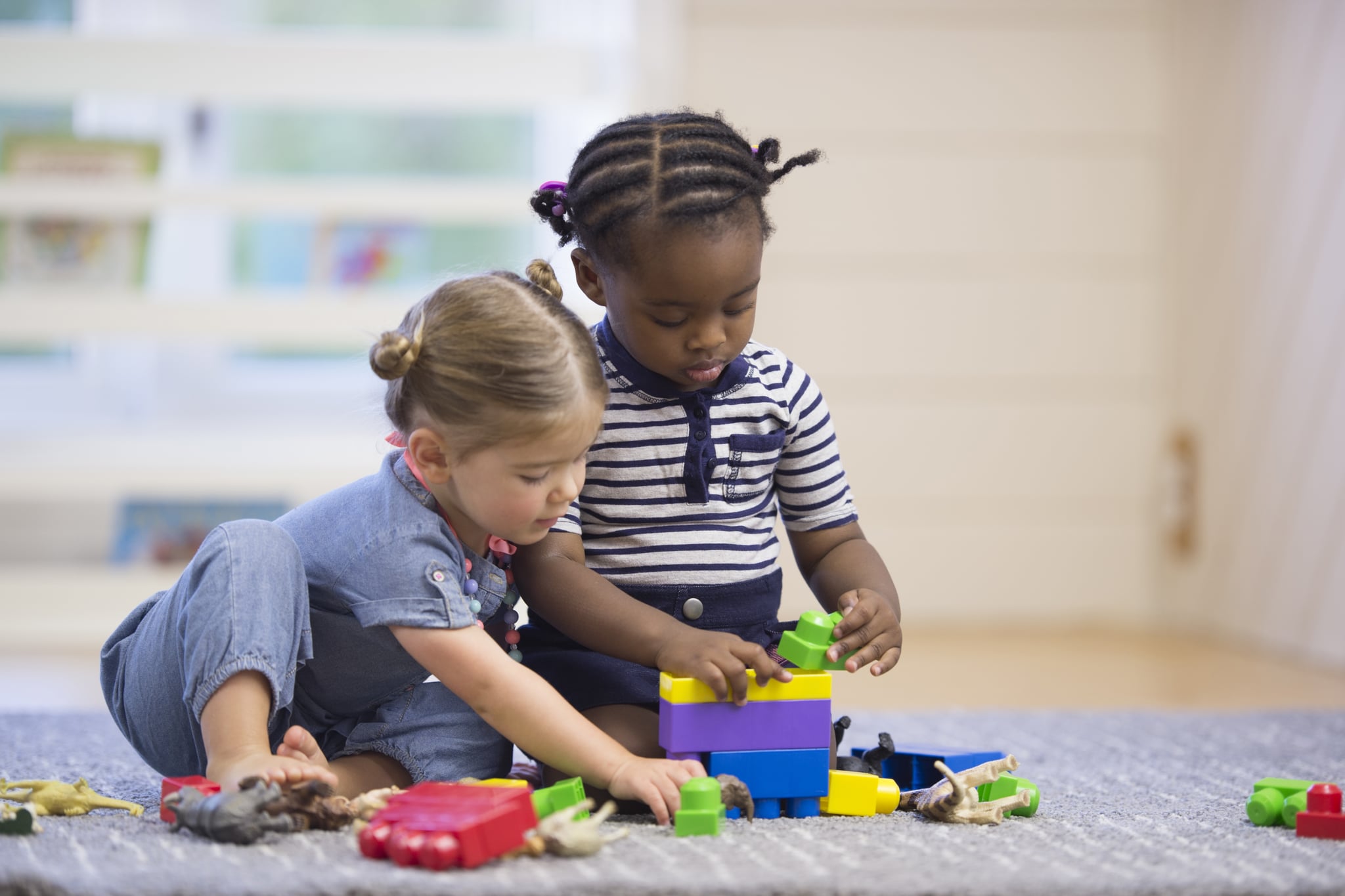
There's a pervasive myth that children are these pure, blank slates who cannot develop racial prejudices unless they are explicitly taught to do so. They're colourblind, many will say, and we shouldn't talk to them about race because they're too young, too confused, and too innocent. If a young child does talk about race or expresses any form of bias, the adults in the room quickly change the subject. They'll dismiss it or cast blame, either with a "you don't know what you're talking about" or a "we don't say things like that."
Race is one of the first things an infant can discern. And they just keep learning from there.
Although it's true that babies may be born as blank slates, decades worth of psychological research has discovered that, developmentally, race is one of the earliest emerging social categories. It's one of the first things an infant can discern. And they just keep learning from there.
The belief that children only see race if they are explicitly taught to do so is just untrue, and the popular approach to shield young kids from meaningful conversations about race is doing them – and society at large – a grave disservice. Here's why.
How Newborns Learn About Race
At birth, babies do not seem to detect race. According to a 2005 study published in Developmental Science, they look equally at faces of all races and demonstrate no spontaneous preference for any ethnic group. However, three-month-old infants showed a significant preference for faces from their own race. "These results suggest that preferential selectivity based on ethnic differences is not present in the first days of life but is learned within the first three months of life," lead researcher Dr. David J. Kelly said. This doesn't mean that infants know their own race, or race in general. But their ability to distinguish could very well represent the perceptual beginnings of categorisation based on ethnic differences, and it might provide the basis for the "cross-race effect," or the tendency to more easily recognise faces that are most familiar.
How Babies Learn About Race
In a 1997 study that followed approximately 200 black and white children for the first six years of their lives, researchers found that infants are able to nonverbally categorise people by race and gender at just six months of age. The infants looked significantly longer at an unfamiliar face of a different race than they did at an unfamiliar face of the same race. Because this finding is very consistent with six-month-olds, the researchers also argued that the initial awareness of race begins even earlier.
How Toddlers Learn About Race
Toddlers as young as two years have the ready capacity to use racial categories to reason about others and their behaviour, according to Lawrence Hirschfeld, a professor of psychology at the New School for Social Research who has spent his career studying how young children understand social categories like race, gender, and age. Simply put, they can use race to stereotype at roughly the same age they learn to speak.
Simply put, they can use race to stereotype at roughly the same age they learn to speak.
This discovery was first made back in 1950 with a landmark doll study, in which four dolls – identical except for colour – were used to test children's racial perceptions. A majority of the children preferred the white doll and assigned positive characteristics to it. Modern-day research also supports these learnings that, before a child reaches their third birthday, they can effortlessly sort people in to racial categories and use membership in those categories to interpret behaviours in accordance with adults.
Researchers Phyllis Katz and Jennifer Kofkin, the ones behind that 1997 longitudinal study that followed 200 kids, made another interesting discovery among the toddler set. They found that all of the children expressed an "in-group bias" at the age of 30 months. When asked to choose a potential playmate from among photos of unfamiliar white and black boys and girls, every single two-and-a-half-year-old child in the study chose a same-race playmate.
Professor Frances Aboud theorized that young children don't have the cognitive capacity to categorise a person according to multiple dimensions at once. She said they were likely engaging in "transductive reasoning," the tendency of a child to see a connection between unrelated instances. They see people who are alike in one dimension, such as skin colour, and then presume they are alike in other dimensions, such as abilities or intelligence.
How Preschoolers Learn About Race
By the time a child is three years old, they are reporting negative explicit attitudes toward "out-group" members. Even if they don't understand the reason for their feelings, children at this age who are exposed to racism and prejudice tend to accept and embrace it – in just a matter of days.
"We had far over-calculated how long it takes for these traits to become embedded in a child's brain," Mahzarin Banaji, a Harvard University psychologist and brain researcher, said. Following her 2012 research, she discovered that three- and four-year-olds demonstrate the same level and type of bias as adults. "This tells us that children 'get it' very, very quickly, and that it doesn't require a mature level of cognition to form negative biases."
Even if they don't understand the reason for their feelings, three-year-olds who are exposed to racism and prejudice tend to accept and embrace it – in just a matter of days.
Not only do they "get it," but they put it to use. In a yearlong study published in 2001, researchers Debra Van Ausdale and Joe Feagin found that preschoolers in a racially and ethnically diverse day-care centre used racial categories to identify themselves and others, to include or exclude children from activities, and to negotiate power in their own social groups.
Numerous studies have also disproved the idea many parents hold dear – that their kids will simply believe what they do. During the time span between three and five years old, children develop racial views that don't necessarily resemble those of the adults in their lives. Hirschfeld wrote that children are motivated to learn and conform to the broader cultural and social norms that will help them function in society, and in order to gauge these norms, children must gather information from a wide range of sources, not just their own families. Consider accents, for example. Hirschfeld noted that if children looked only to their parents, then we should expect children of non-native speakers to acquire their parents' accents. But instead, children learn the "normative" accent of the region in which they live.
Remember those toddlers in the 1997 study who all chose a same-race playmate? Well, by the time they were three years old, "the majority of both black and white children chose white playmates," Katz and Kofkin noted. And this pattern held steady when the children were five years old, too. The study's authors believe this is a reflection of societal norms, noting that "white children rarely exhibit anything other than a pro-white bias" while children of colour show an awareness of – and a negative impact by – stereotypes about their racial group.
How School-Aged Children Learn About Race
Those beliefs continue into kindergarten. According to scholars Yarrow Dunham, Andrew Baron, and Banaji, who published findings in 2008 in Trends in Cognitive Sciences, Black and Hispanic five-year-olds showed no preference toward their own groups as compared to white children of the same age, who remained strongly biased in favour of whiteness. Meanwhile, Banaji's own research also noted that by six years old, white kids have already developed a "pro-white, anti-Black bias." Most children across races have already learned to associate some groups with higher status than others by the time they enter the school system.
It's one thing to understand how children are able to identify race, but why are they attaching meaning to it compared to other social categories, like right-handedness or hair colour or height?
In part, it's likely a carryover from early transductive reasoning, but as children get older, it's also due to external factors, both environmental and societal. They may notice people in their neighbourhood all have the same skin colour. They may see patterns in how skin colour relates to occupations when they go to the store or the doctor's office. According to research conducted by Rebecca Bigler and Lynn Liben in 2007, it's a "cognitive puzzle for children to solve" and that they will often infer that these patterns "must have been caused by meaningful inherent differences between groups."
What Parents Need to Know
It's irrefutable that children will learn about race regardless of their parents' role in this education. By three months old, they'll be able to tell one race from another. By two years, they'll be able to stereotype along racial lines. By three, they'll use race to choose their friends and exert power. By the time they are just old enough to go to school – yet still not developmentally equipped to read a sentence or tie their shoelaces – they have already learned to navigate race.
By the time they are just old enough to go to school – yet still not developmentally equipped to read a sentence or tie their shoelaces – they have already learned to navigate race.
Back in 2006, researcher Birgitte Vittrup recruited 100 families from a database held by the Children's Research Lab at the University of Texas. In her studies, she asked them to talk openly about interracial friendship at home, but only six families actually managed to do so.
"A lot of parents came to me afterwards and admitted they just didn't know what to say to their kids, and they didn't want the wrong thing coming out of the mouth of their kids," she said. However, for all six families who did have these conversations, their children's racial attitudes improved dramatically in as little as a single week.
So, that can serve as motivation for those who've avoided the topic with their families. Although waiting to talk to children about race until they are "old enough" means they are already too late, there's also some compelling proof that it's better to be late than never.
